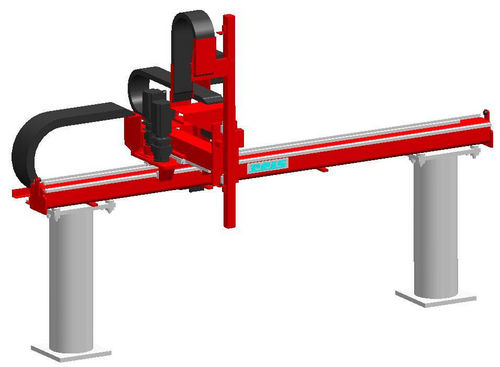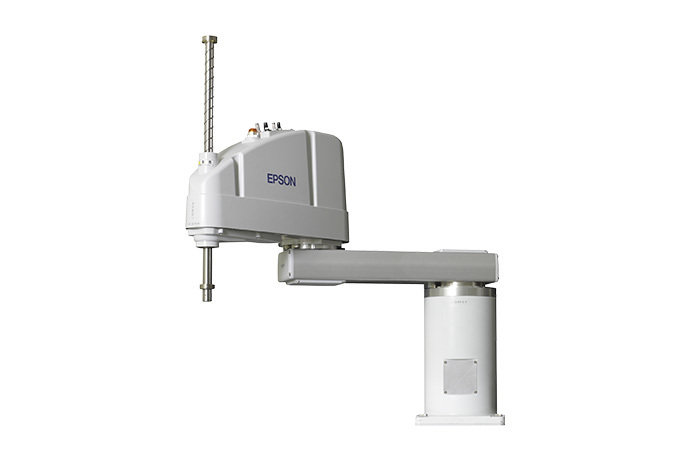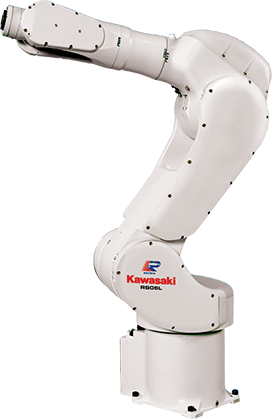The Black Ink Team's Guide To Multi-Axis Industrial Robots
by Black Ink Team
Look down at your wrist. If you are able-bodied, you can move it in three separate ways: up-or-down, forward-and-backward, and side-to-side. These are called the three axes of movement ('axes' is plural for 'axis') and are commonly referred to as 'X,' 'Y,' and 'Z.' They represent single, imaginary lines set at ninety degrees to each other which go off into infinity in both directions. Even when you move your wrist in an arc, like say if you threw a dart, you are still only moving it along the three axes of movement.
Industrial machines that move an object (usually a tool such as a drill, a welding torch, or a glue gun) along the three axes are called Cartesian coordinate robots. Cartesian coordinate robots can be found in factories of varying size and across many different industries. They consist of motors, actuators, and gantries. The motors/actuators are responsible for moving the tool, while the gantry holds it aloft.

Reis Robotics’ RL16 3-Axis Gantry Robot
When you move along two or three axes at the same time to make an arc, it is called 'contouring.' It takes complex mathematical formulas to calculate which combination of movements need to be made in order for a Cartesian coordinate robot to create a precise arc. Furthermore, if one of the motors or actuators falls behind or breaks ahead during the process, it is possible that the tool they are moving will ruin the object it is working on - therefore, Cartesian coordinate robots have fail-safes built into them to stop that from happening.

Epson’s G20 SCARA Robot
Wear and tear can over time cause Cartesian machines to become less accurate. Friction, for example, can make electric motors overheat and operate more slowly. For this reason, Cartesian coordinate robots are equipped with closed-loop control systems. To illustrate what this means, let's say you were clipping a dog's nails. A dog's nail has a blood vessel running through it called a 'quick' which is sensitive and will bleed, so it is important that you don't clip too far up. It is safest to clip a little, then look to see if you are getting close to the quick, then only proceed if you can't see the nail turning red. That is similar to a closed-loop control system in factory automation: the machine monitors where the tool is before and after it moves it, so that it can accommodate for any inaccuracies there may be in the machine's components.

Kawasaki’s RS005L Six-Axis Arc Welding Robot
A machine that can move a tool in three axes and also rotate it is called a SCARA (Selective Compliance Assembly Robot Arm). Another machine, that offers more dexterity than Cartesian coordinate robots and SCARAs, is a six-axis robot, which looks like a giant metal arm. Six-axis robots can, in addition to moving along the 'XYZ' axes, pitch, roll, and yaw.
